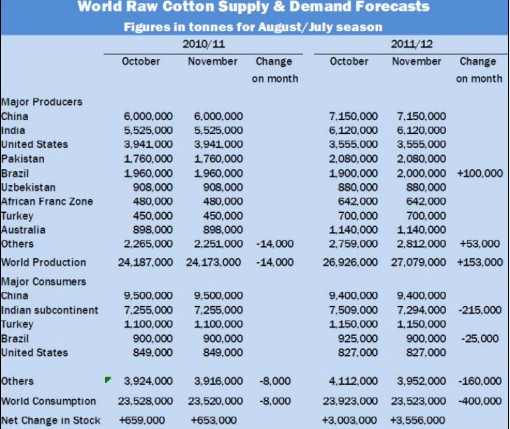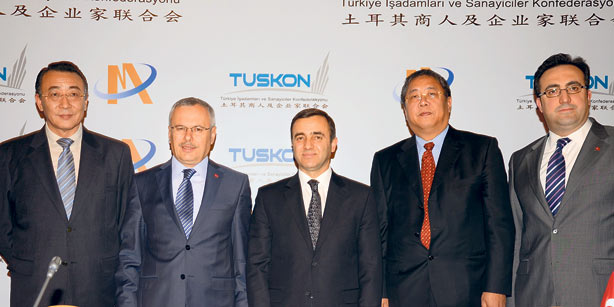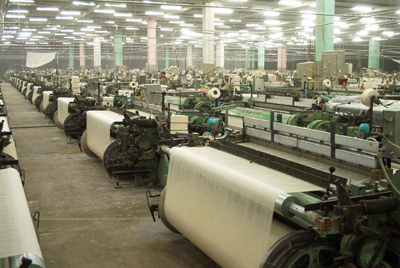|
Global yarn production rose 12.1% in the second quarter of 2011, compared with the previous quarter due to higher output in Asia and in particular China, according to figures published by the International Textile Manufacturer¡¯s Federation (ITMF). Production in the first quarter in China is traditionally lower as a result of fewer working days due to the Chinese New Year holidays, a factor which has contributed to the statistics. Whilst yarn production in Asia increased by 13.9%, all other regions recorded decreases. Production in South America fell by 7.3%, in Europe by 6.5% and North America by 3.1%. The ITMF found that year-on-year global yarn production rose slightly by 1% due to higher output in Asia and North America, despite lower levels in Europe (down 8.3%) and in South America (down 16.3%). Global yarn stocks rose 16.4% in the second quarter of 2011 compared with the previous quarter due to higher inventories in South America (up 39.9%) and Asia (up 21.8%). In Europe and North America stocks remained practically unchanged. Year-on-year, yarn inventories grew by 21.2%, especially in Asia (up 82.8%) and South America (up 26.1%), according to the ITMF statistics. In comparison to the second quarter of last year, global fabric production fell by 6%. Only South America recorded an increase of 7.7%, whilst in North America, Asia and Europe fabric production declined by 8.8%, 7.3% and 3.4%, respectively. Global fabric inventories rose in the second quarter of 2011 by 8.1%, compared to quarter one, according to the ITMF statistics. Stocks increased by 56.8% in South America and by 9.2% in North America, but fell in Asia and Europe by 3.5% and 0.6%, respectively. In comparison to the second quarter of last year, global fabric inventories were up 8.1%. In South America fabric stocks rose by 44.6% and by 12.9% in North America, whereas there was a decrease of 1.6% in Asia and 0.4% in Europe. Estimates for yarn and fabric production in the third quarter of 2011 in most countries are either negative or unchanged. In the fourth quarter, the outlook for yarn and fabric production is expected to improve, with most countries seeing higher or unchanged output levels. www.inteletex.com
|
|
Global yarn production up 12.1% in Q2
Updated: 2011-11-24 Source: www.inteletex.com

Recommended News
Photo Gallery
Most Popular



